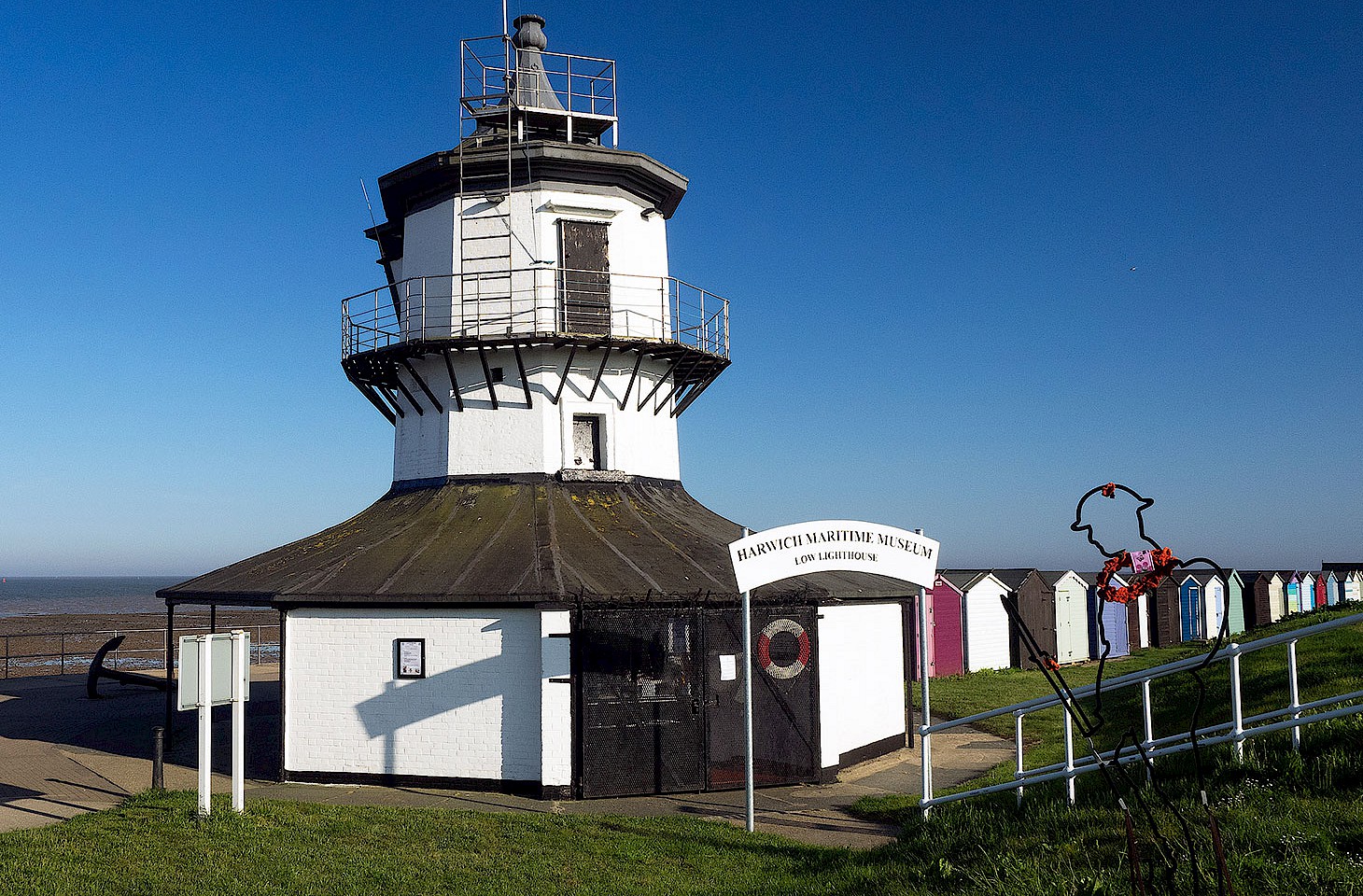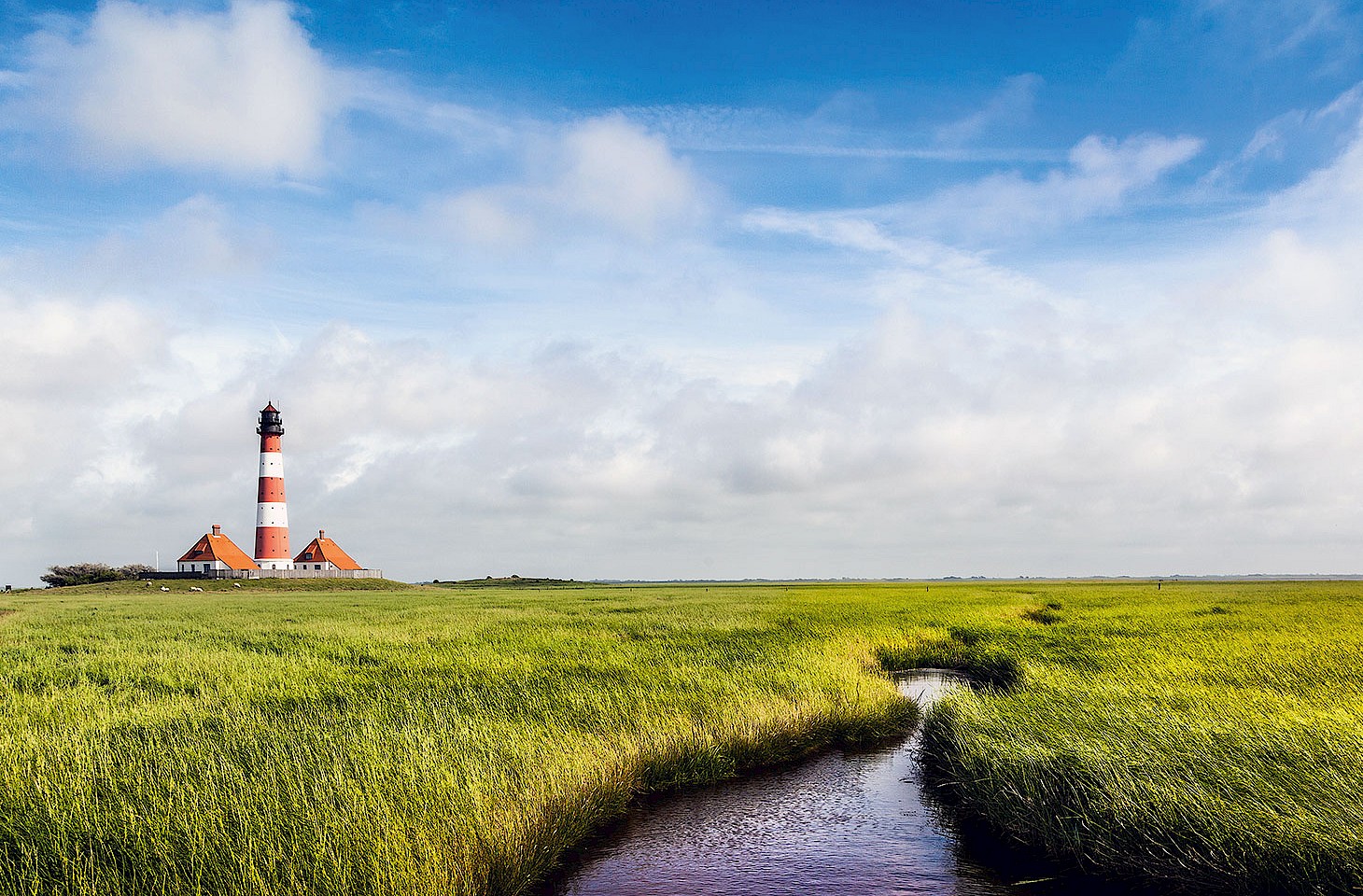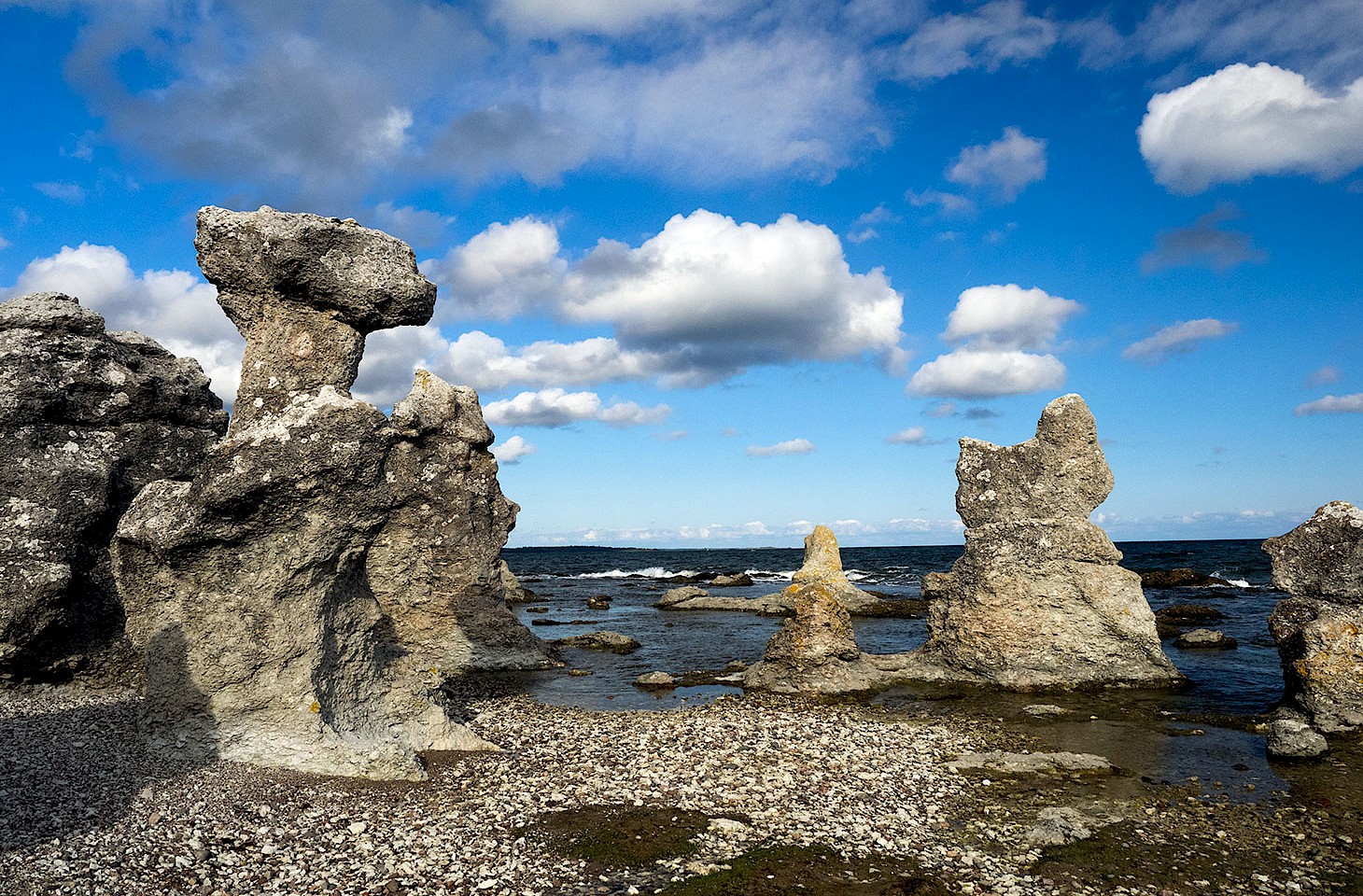The Russian writer Ivan Goncharov arrived in Nagasaki in 1853 full of expectation. “Here at last was the goal of our ten-month voyage,” he wrote. Goncharov was excited at seeing Japan, a country which had for over 200 years had scant contact with outsiders. Goncharov saw Japan as a “locked casket without a key.” The Russian was intrigued by the manner in which, as he put it, the Japanese “had stubbornly Beyond Europe rejected the friendship, religion and commerce of foreigners, and laughed at our attempts to enlighten them.”
The frigate Pallada approached Nagasaki flying the St Andrew’s cross — for in tsarist times the saltire was the naval ensign of Imperial Russia (and it is used again today by the Russian Federation). Appreciative that the isolated Japanese might not have a comprehensive appreciation of ensigns favoured by foreign navies, the captain of the Pallada had the good sense to run a piece of white canvas up the fore topmast bearing the message (in Japanese) ‘Vessel of the Russian Empire’.
Japan intrigued Goncharov in many ways. He was struck by the beauty of the landscape but surprised by the interpreters supplied by the Japanese. For, apart from their native Japanese, the interpreters spoke just one European language: Dutch. Goncharov’s experience is echoed by other writers who visited Japan in the mid-nineteenth century, a period when the stringent seclusion policy which had prevailed for over 200 years was slowly being relaxed. Here was a country where such few contacts with the West as there were relied entirely on the Dutch language.




